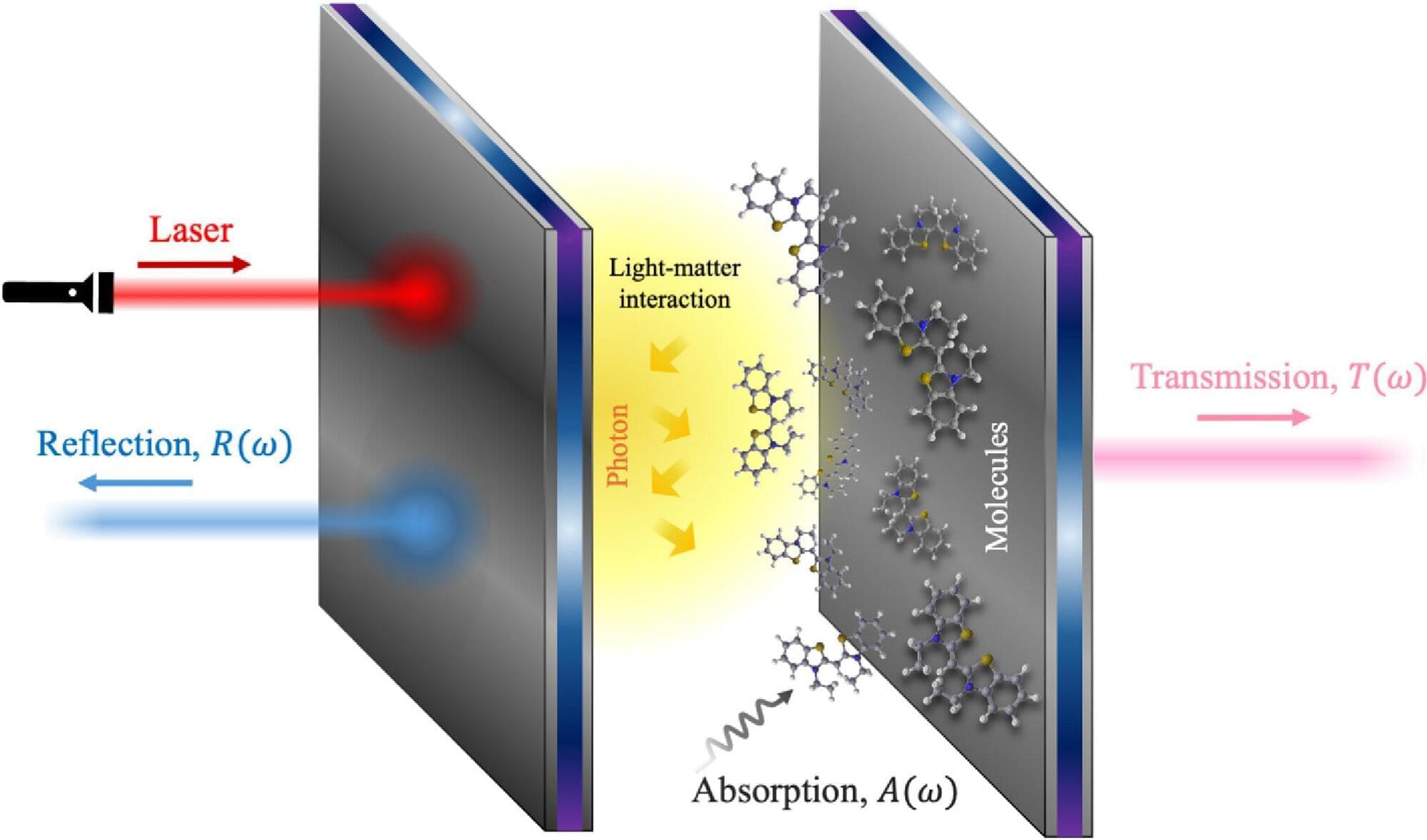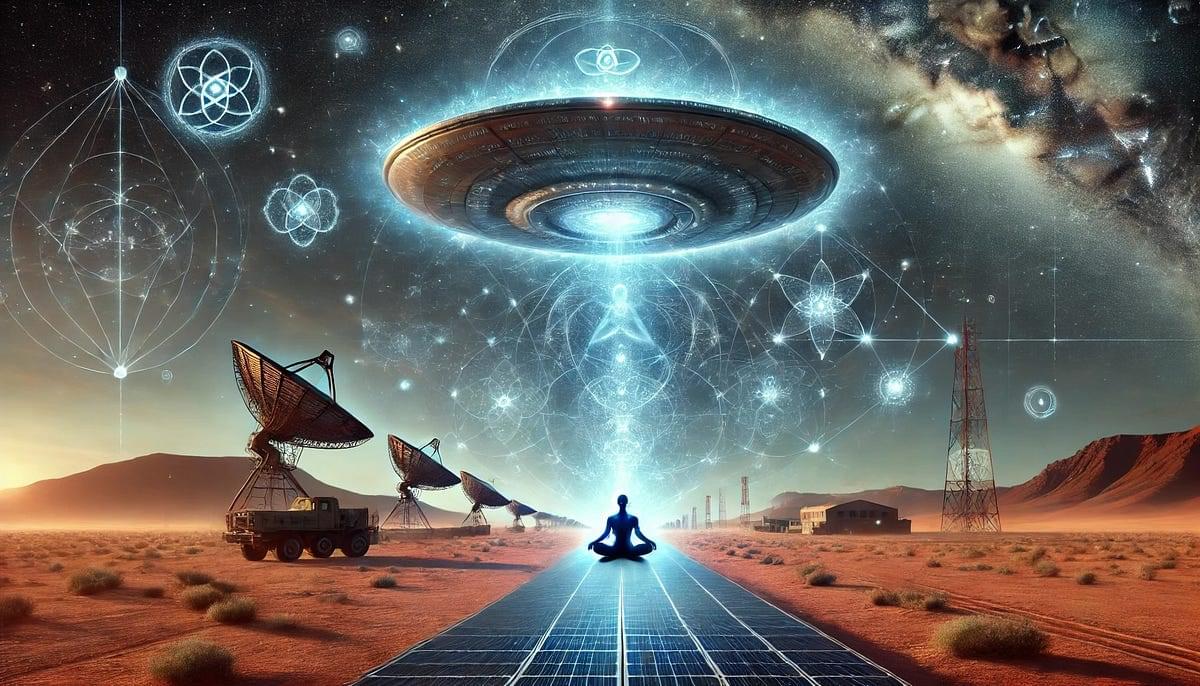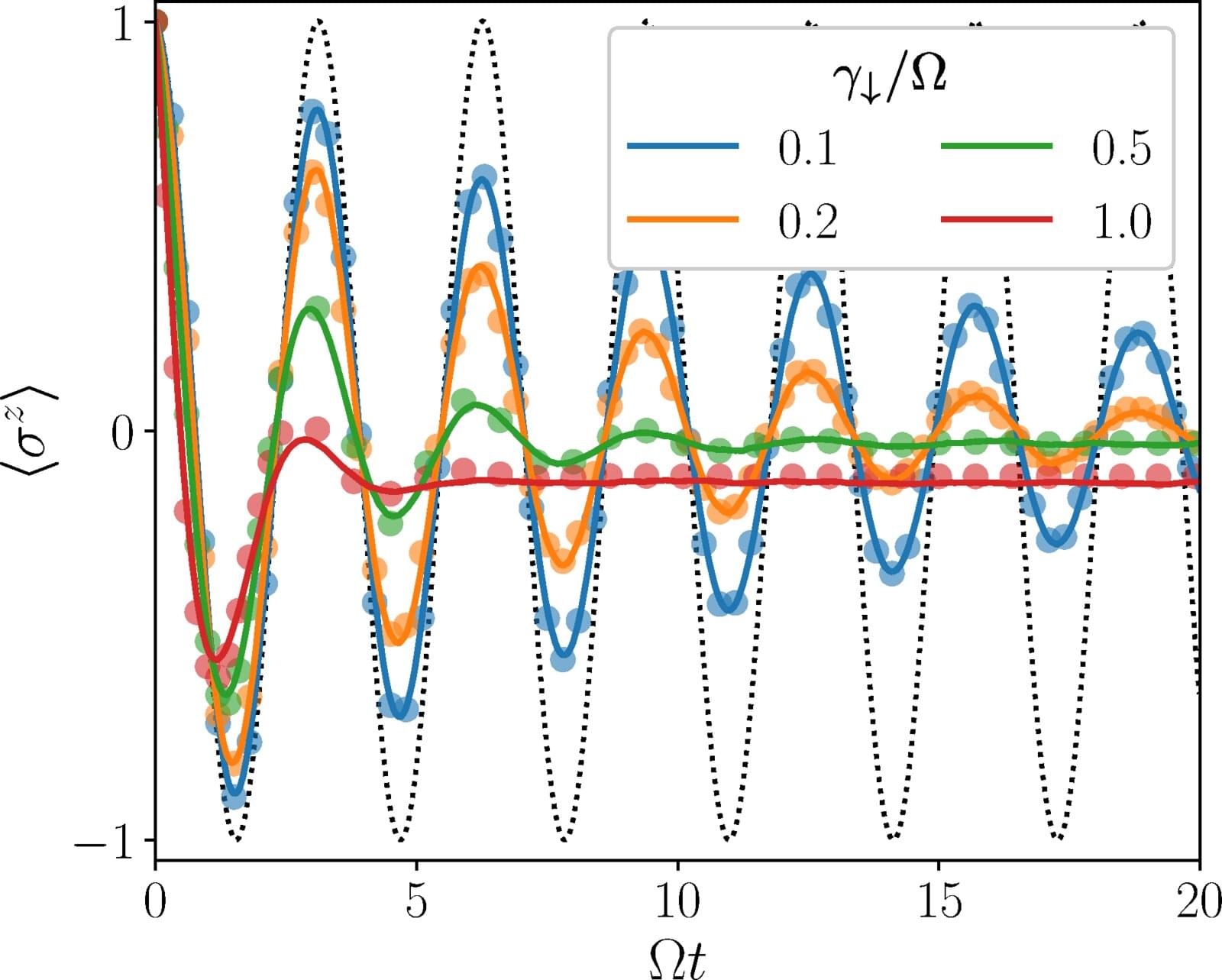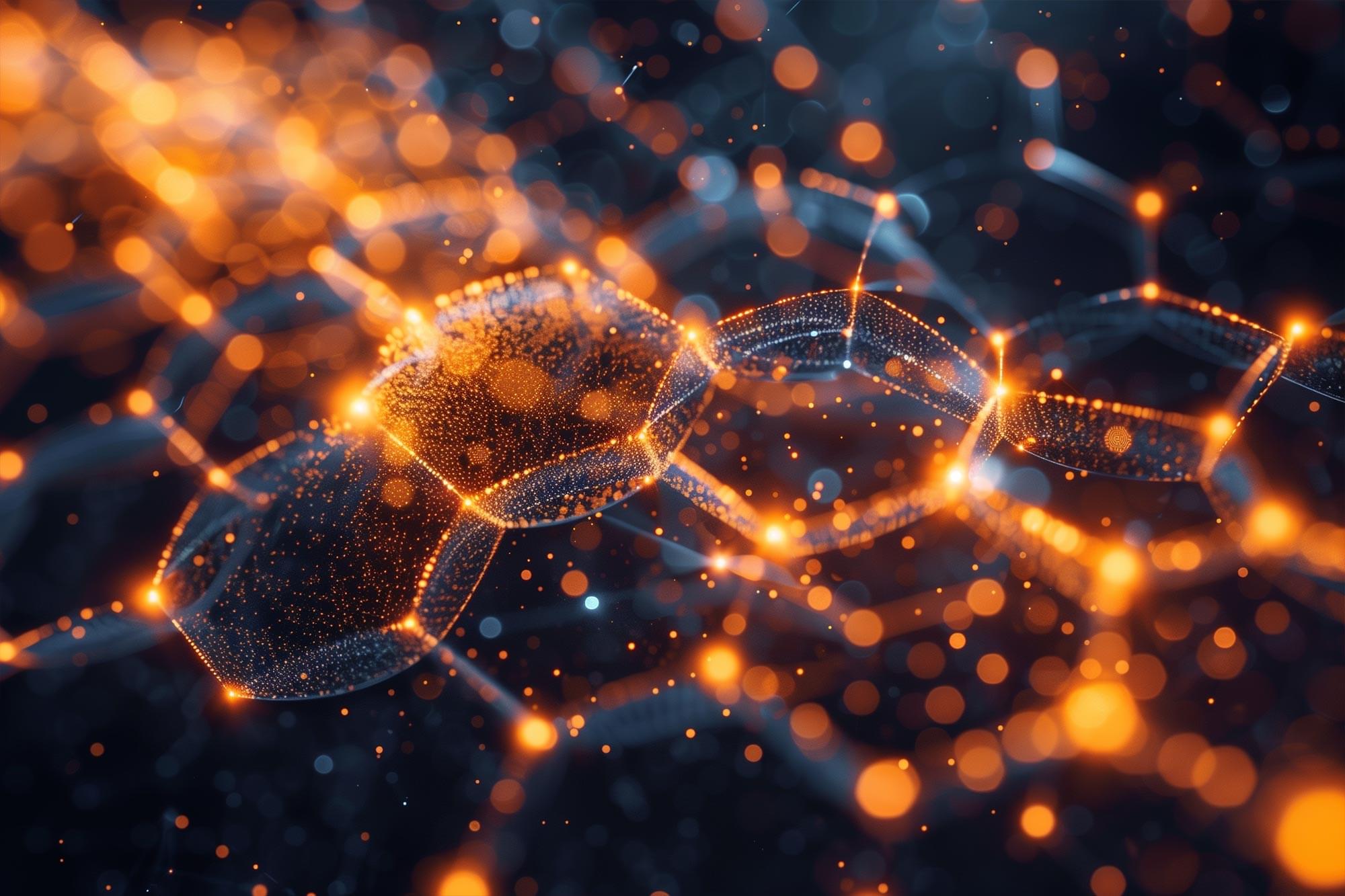When optical materials (molecules or solid-state semiconductors) are embedded in tiny photonic boxes, known as optical microcavities, they form hybrid light-matter states known as polaritons. Most of the optical properties of polaritons under weak illumination can be understood using textbook classical optics. Now researchers from UC San Diego show that this is not the entire story: there are quantum fluctuations lurking underneath the classical signal and they reveal a great deal about the molecules in question.
Their work redefines the foundations of polaritonics by demonstrating that the optical spectra of these light–matter hybrids, long described by classical optics, in fact bear subtle quantum fingerprints.
Exploiting these signatures allows polaritons to act as sensitive probes of their host materials, opening new directions for polaritonic control, precision sensing, and quantum photonic technologies. Beyond optics, these hidden quantum effects further suggest novel avenues for steering chemical reactivity and advancing polaritonic chemistry.







